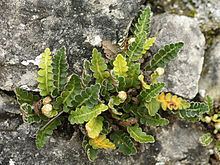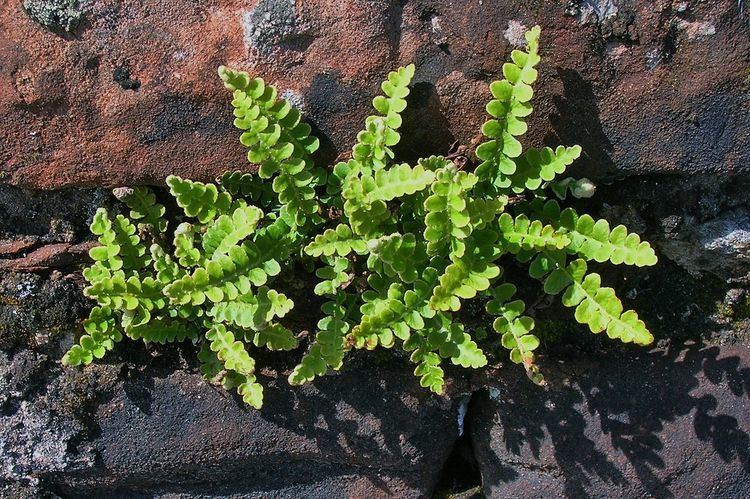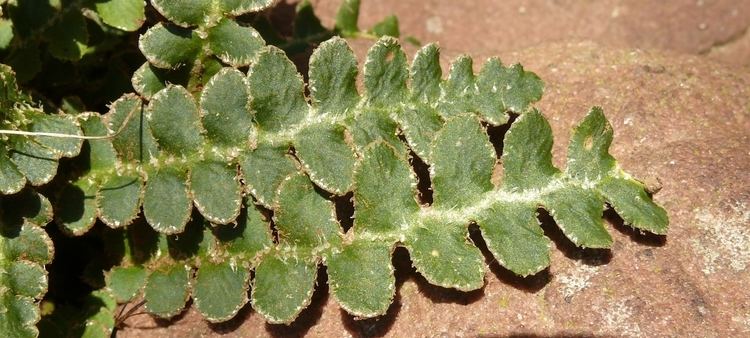Higher classification Asplenium | Division Pteridophyta Scientific name Asplenium ceterach Rank Species | |
 | ||
Similar Asplenium, Asplenium trichomanes, Asplenium ruta‑muraria, Aspleniaceae, Asplenium adiantum‑nigrum | ||
Asplenium ceterach (syn. Ceterach officinarum) is a fern species commonly known as Rustyback. It is characterised by a short rhizome which gives rise to several green fronds that have a pinnated lamina with trichomes on the abaxial (lower) surface, but not the adaxial (upper) one. These trichomes (hairs) are orange-brown in colour, hence the name "rustyback". The petiole is shorter than the corpus of the leaf.
Contents
This species is found in Western and Central Europe, including the Mediterranean region. It is associated with fissures in carbonate rocks and also grows on the mortar of stone and brick walls.

This fern species has been used medicinally as a diuretic.
Traditional uses
It has been widely used for making infusions as a diuretic.
Growing conditions
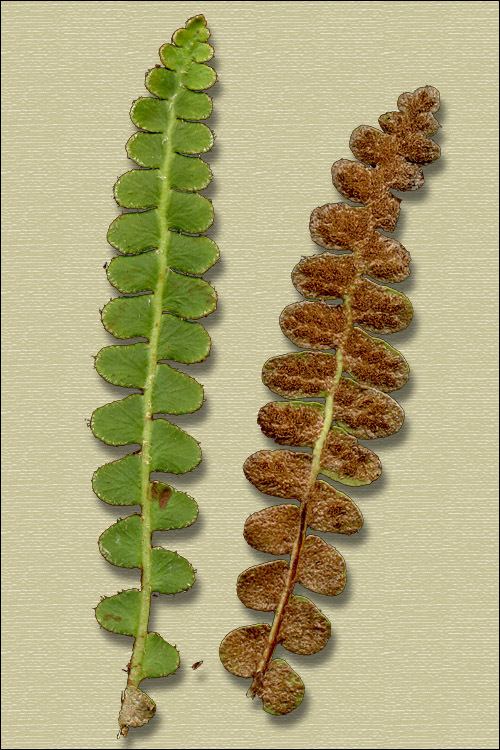
It likes growing in rocky walls, especially in alkaline ones. Can be found growing up to 2700 metres above the sea level, although it prefers mountainous locations, where it is usually found growing in sunny rocky walls.
Unlike many others, this fern likes growing in full sun, and requires little, if any, humidity.
Desiccation tolerance
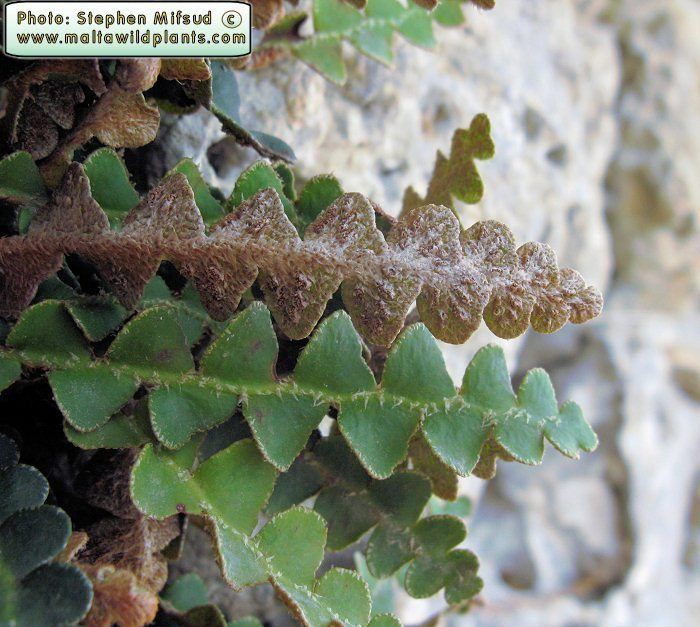
This fern is well known as a resurrection plant due to its ability to withstand desiccation and subsequently recover on rewetting. It has been shown that this is in part due to its high concentrations of phenolic compounds such as chlorogenic acid and caffeic acid which allow it to negate the destructive capacity of the reactive oxygen species generated by the drying process; the concentrations of these phenols decrease during the dehydration process. Enzymes such as peroxidase and polyphenol oxidase have also been shown to be important in allowing this fern to cope with desiccation; the concentrations of these enzymes increase when the fern is subjected to water shortages.
